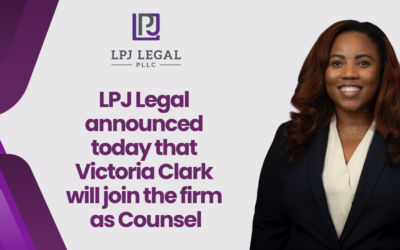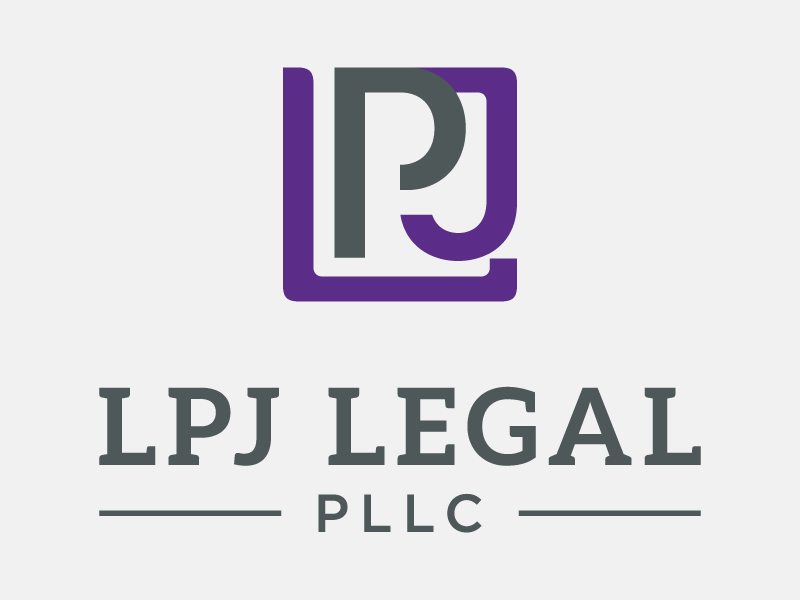A business structure refers to the legal framework that determines how a company is organized, operated, and taxed. It defines the ownership setup, the level of liability for owners, how profits and losses are distributed, and the regulations a business must follow. Choosing the right business structure is a crucial decision because it impacts everything from daily operations to long-term financial and legal responsibilities.
Quote: Trust the team at LPJ Legal to advise you on the best business structure for your unique situation.
Each business structure has unique advantages and drawbacks; here is a summary of each:
1. Sole Proprietorship – The Simplest Method
- Best for: Solo entrepreneurs and small-scale businesses.
- Pros: Easy and inexpensive to set up, full control, straightforward taxes.
- Cons: Unlimited personal liability, limited financing options.
A sole proprietorship is a great option for freelancers, consultants, and small business owners who want an easy, low-cost way to start a business. However, since there is no legal separation between you and the business, your personal assets are at risk if the business faces debts or legal claims. If liability protection is a concern, you might consider forming an LLC instead.
2. Limited Liability Company (LLC) – Added Protection
- Best for: Small to medium-sized businesses seeking liability protection.
- Pros: Limited liability, flexible management, pass-through taxation.
- Cons: State-specific fees and regulations, potential self-employment taxes.
Pass-through taxation is a tax structure in which business profits are not taxed at the corporate level but instead “pass through” to the owners, who report the income on their individual tax returns. This method helps business owners avoid double taxation, which occurs when both a corporation and its shareholders are taxed on the same income.
An LLC with two managing members is considered a Limited Liability Partnership (LLP), not to be confused with a General Partnership.
3. (General) Partnership – Multiple Owners
- Best for: Businesses with multiple owners.
- Pros: Easy to establish, does not require state filing, shared owner responsibility, pass-through taxation.
- Cons: Personal liability for general partners, potential conflicts between partners.
Don’t confuse a General Partnership with a Limited Liability Partnership (LLP). In a general partnership, all partners have unlimited personal liability for the business’s debts and obligations. This means if the business is sued or owes money, the partners’ personal assets are at risk. On the other hand, an LLP has limited liability, protecting the owners’ personal assets from business debts or obligations.
4. Corporation (C Corp)
- Best for: Larger businesses or those seeking outside investment.
- Pros: Strong liability protection, ability to issue stock, unlimited growth potential.
- Cons: Double taxation (corporate and personal), complex reporting requirements.
C corporations are well suited for larger business ventures, or those seeking venture capital, IPOs, or international investors.
5. S Corporation (S Corp)
- Best for: Businesses looking for tax advantages while maintaining corporate benefits.
- Pros: Pass-through taxation, limited liability, potential tax savings on self-employment taxes.
- Cons: Ownership restrictions (100 shareholders max, U.S. citizens/residents only), stricter IRS oversight.
An S Corporation is best for small to mid-sized businesses that want tax benefits and limited liability without the complexities of a C Corp.
Understanding the difference between a C and and S Corp is an important distinction that can save you THOUSANDS. When choosing your business structure, if you are considering a corporation, make sure you research these two options thoroughly.
6. Nonprofit Organization
- Best for: Charitable, educational, or religious organizations.
- Pros: Tax-exempt status, eligibility for grants and donations.
- Cons: Strict compliance requirements, profits must serve the organization’s mission.
Nonprofit organizations are tax exempt. To qualify, you must apply for 501(c)(3) status with the Internal Revenue System. Be careful though, nonprofit organizations are also expected to reinvest a sizeable portion of their revenue back into their own programs and organizational mission.
How to Change Your Business Structure
Changing your structure involves legal and administrative steps, such as:
- Filing the necessary paperwork with your state’s business office.
- Updating your tax status with the IRS.
- Amending contracts, licenses, and financial accounts.
- Notifying business partners, employees, and stakeholders.
When choosing your business structure, trust the expert. Contact LPJ Legal before starting your business’s change in structure.
New to LPJ Legal? We’re a dedicated group of experienced and highly credible legal professionals, proudly representing clients both locally and internationally with domestic offices in D.C., Maryland, Virginia, and Georgia. At LPJ Legal, we believe that a law firm should be more than a legal resource; it should be a trusted partner. Our team is committed to safeguarding our clients’ businesses, properties, and futures, providing powerful legal insights to help ensure their success. To become a client, visit the LPJ Legal website, or call us directly at 202-643-6211.



